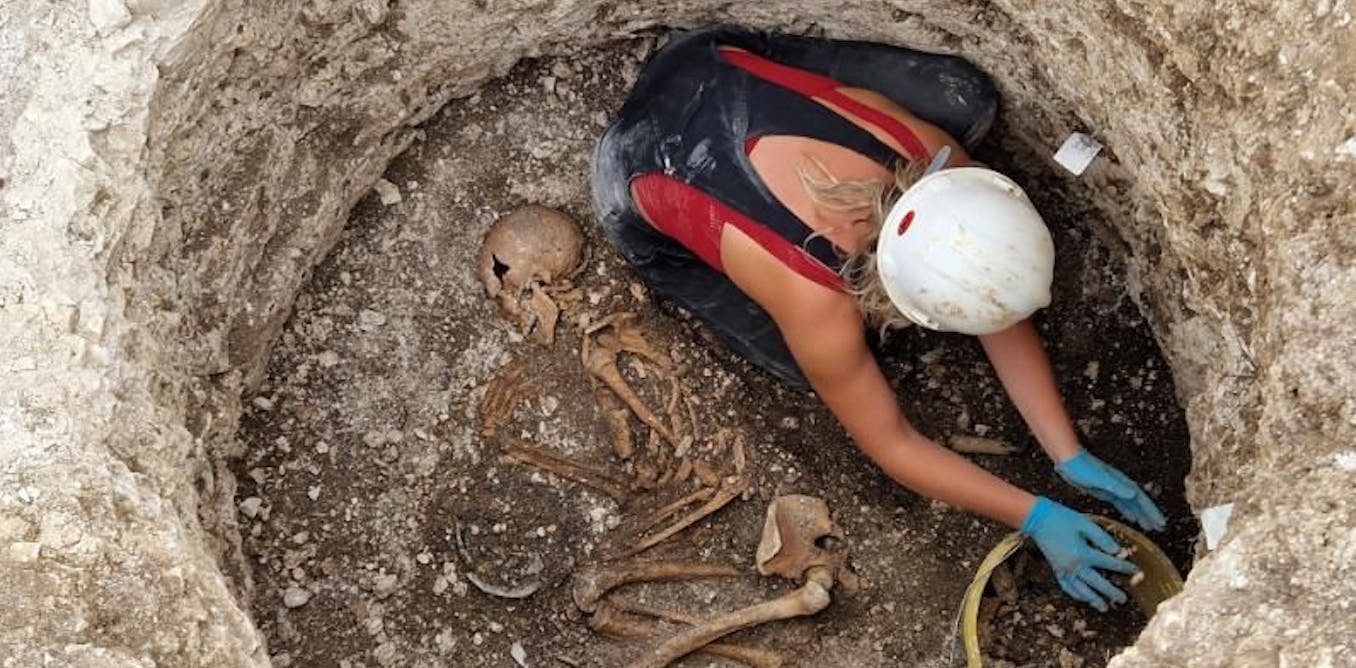Ancient DNA study shows women at the centre of societies in iron age Britain – supporting decades...

Matrilocality in Ancient British Iron Age Societies
Ancient DNA Reveals a Female-Centric Society
Groundbreaking research led by Dr. Lara Cassidy and Professor Daniel Bradley from Trinity College Dublin has uncovered compelling evidence of matrilocality among ancient Iron Age people buried in Dorset, England, between 100 BC and AD 100.
Matrilocality is a social structure where women remain with their families and marry partners from outside their group, while men move away to start a new family with an outside partner.
Scientific Proof of Matrilineal Descent
The study also revealed that the Iron Age community practiced matrilineal descent, indicating that women passed down their genes to subsequent generations. This finding suggests that women held significant power and influence within the community.
Challenging Traditional Beliefs
Contrary to the surprise expressed in some media coverage, archaeologists have long considered the possibility of female-centric social structures in Iron Age groups.
The Wider Debate on Matriarchal Societies
The concept of matriarchal societies has been a subject of debate for centuries.
- Johann Bachofen (1860s): Proposed a transition from matriarchal to patriarchal societies during ancient Greece.
- Friedrich Engels (1880s): Rejected the idea of matriarchy, arguing that patriarchy was primordial.
- Marija Gimbutas (1970s): Suggested matrilineal and matriarchal social structures in Neolithic Balkans.
- Recent Ancient DNA Studies: Now revealing patrilineal descent for some Neolithic groups, challenging the linear evolutionary view.
Evidence from European Iron Age Studies
European archaeologists have also explored the possibility of matrilineal societies in early Iron Age Europe, with the first suggestion coming from German archaeologist Ludwig Pauli in 1972.
French archaeologist Pierre Roualet later proposed female leadership in the early La Tène communities, while further research by Roy Hodson, Thomas Evans, and others indicated equal high-status for men and women.
Female Warriors and Political Leaders
Emerging evidence suggests that women in ancient Britain and elsewhere actively participated in warfare and held positions of political influence.
Classical Texts: Roman texts mention British women inheriting wealth and leading battles, while Greek texts refer to female leaders among the Celtic La Tène.
Conclusion
The study in Dorset adds to a growing body of archaeological and DNA evidence indicating significant variations in social norms across Celtic communities. Matrilocality and female-centric structures may not have been widespread, but they were certainly not anomalies.
Ancient DNA analysis promises to provide further insights into these complex societal structures, challenging traditional assumptions and painting a more nuanced picture of the past.